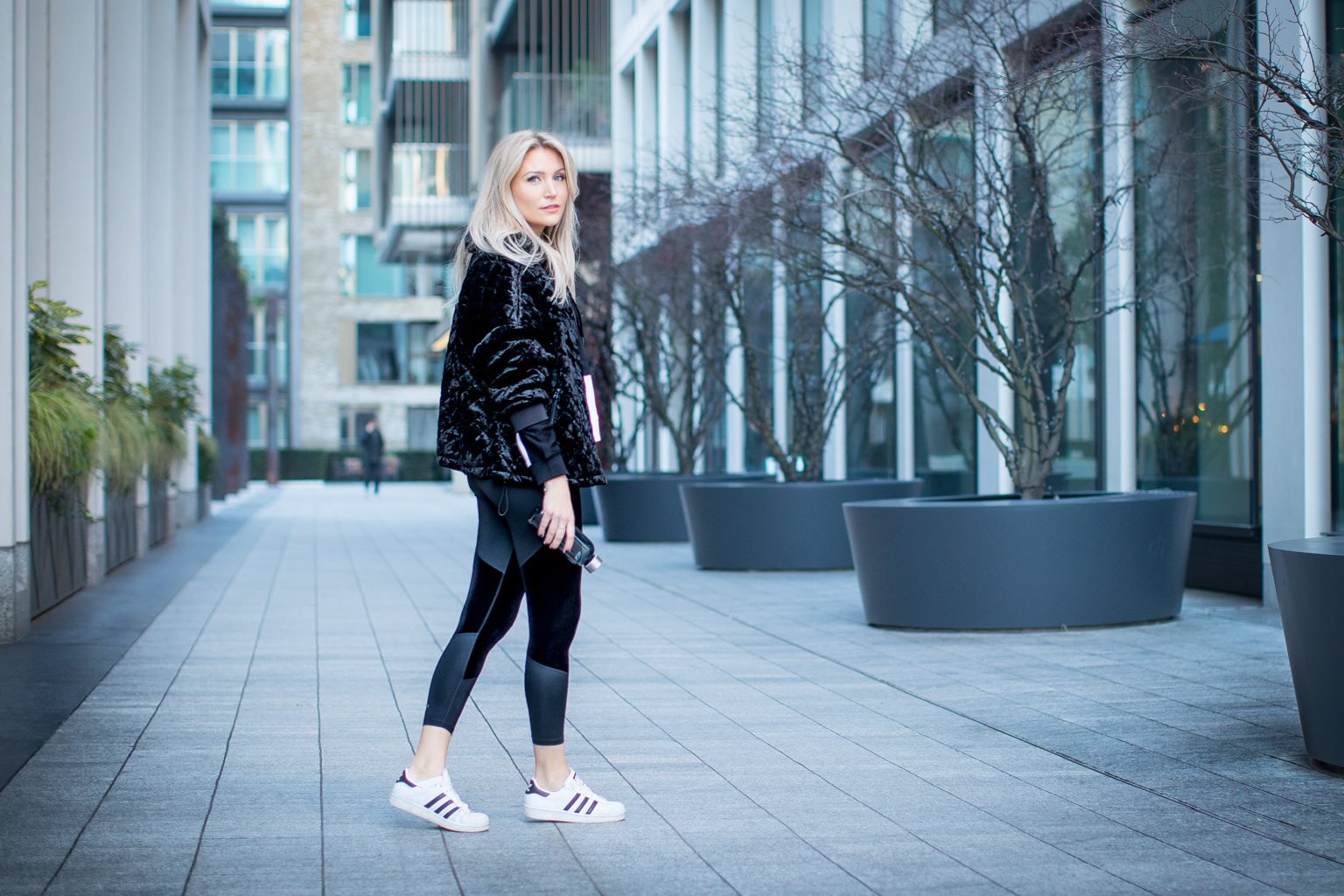
We now live in a world that is incredibly fast paced. While in some respects this can make life more exciting, it can also be overwhelming and can result in us feeling disconnected from the here and now. The constant influx of information and demands on our attention can leave many of us feeling unfulfilled, stressed and anxious. However, there are ways in which you can slow down, connect with yourself and the world around you and reclaim a little bit of peace and quiet. Mindfulness is a practice aimed at doing this. It is becoming more popular than ever before, and there are many different ways to bring mindfulness into your life, some of which you may never have considered.
What is mindfulness?
Essentially, mindfulness is a practice where you pay full attention to the present moment without any kind of judgement. Part of mindfulness involves observing your thoughts, feelings and sensations as they happen, without getting caught up in them or in outside distractions. It sounds simple, but many of us are unused to the practice of mindfulness and it may take a little while to understand how to reap the benefits for your own well-being.
What are the benefits of mindfulness?
There are various well documented benefits of mindfulness.
- Reduction of anxiety and stress – Becoming more aware of your thoughts and feelings as they arise means that you can also become more aware of what physical and emotional sensations are associated with stress. This knowledge will hopefully allow you to respond to such feelings and to avoid getting overwhelmed.
- Mental health improvement – There have been many studies that have shown that mindfulness can reduce anxiety and depression symptoms and can aid in relieving other mental health conditions.
- Better focus and concentration – If you are present in the moment, you can improve your productivity and attention span.
- Regulating your emotions- If you can preserve your emotions without reacting to them immediately, this can make you more emotionally stable and resilient.
Incorporating mindfulness into your life
Mindfulness can be practiced anytime and anywhere but these practices are not a one size fits all approach. For example, formal meditation will work for some people, whereas others may find it more difficult to practice mindfulness and may need to incorporate it with something they do already, such as a card game or chess for example, to ensure that it feels more natural for them. It’s all about focusing on precisely what you are doing that makes you more connected to the here and now.
Examples can include:
- Breathing exercises – If you take a few moments each day and simply focus on the sensation of breathing, this can help to focus your mind, and you can bring yourself back to this feeling if your mind wanders.
- Eating mindfully – By paying very close attention to the scent, flavours and textures of your food, this can help you enjoy your food more, and also allow you to realise when you feel full. This can be particularly good for those who are prone to overeating.
- Mindful walks – Mindful walks can be incredibly good for us. For example, taking some time outside can combine the benefits we’ve mentioned above with vitamin D which we can get from spending time outdoors. Noticing the leaves, the pathways and feeling the breeze on our face can bring an enormous feeling of well-being.
- Meditation – Some people find formal meditation the best way to be mindful. If you sit in a comfortable place, close your eyes and focus on your breath, or listen to a guided meditation podcast for example, this can be a great way to take some time just for yourself every day.
- Journaling – By mindfully writing what you feel and how you feel at any given moment, you can create a space for your thoughts and feelings that you can return to if you need to. It can give you a great deal of insight into your thought patterns and emotions.
If you have tried mindfulness before, but it hasn’t really impacted you, the chances are that you were expecting immediate results. Mindfulness is something that must be practised over the long-term to bring its best results. Try switching up the method you use to meditate or be mindful, to find what works best for you on a regular basis.
Whether you concentrate on the feeling and weight of a chess piece as you put it down on the board, or examine the veins in a leaf as you take your daily walk, you’ll soon find a way to spend more time in the moment, and reap the rewards on your mental wellbeing.
 The 15-Minute Movement Habit -Simple Desk Exercises for Working Bloggers
The 15-Minute Movement Habit -Simple Desk Exercises for Working Bloggers  Learning More About Magic: The Gathering – Kindred Decks
Learning More About Magic: The Gathering – Kindred Decks  The Most Popular Planes in Magic: The Gathering
The Most Popular Planes in Magic: The Gathering  How To Beat Loneliness In London
How To Beat Loneliness In London  Free green spaces to enjoy just outside of London
Free green spaces to enjoy just outside of London  Healthy Eating Nutrition Tips for Busy Lifestyles
Healthy Eating Nutrition Tips for Busy Lifestyles
2 thoughts on “How To Become A More Mindful Person”